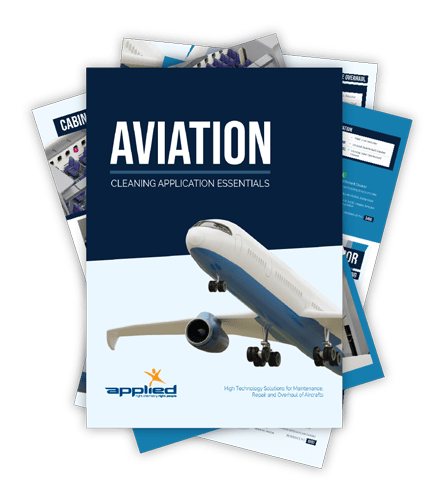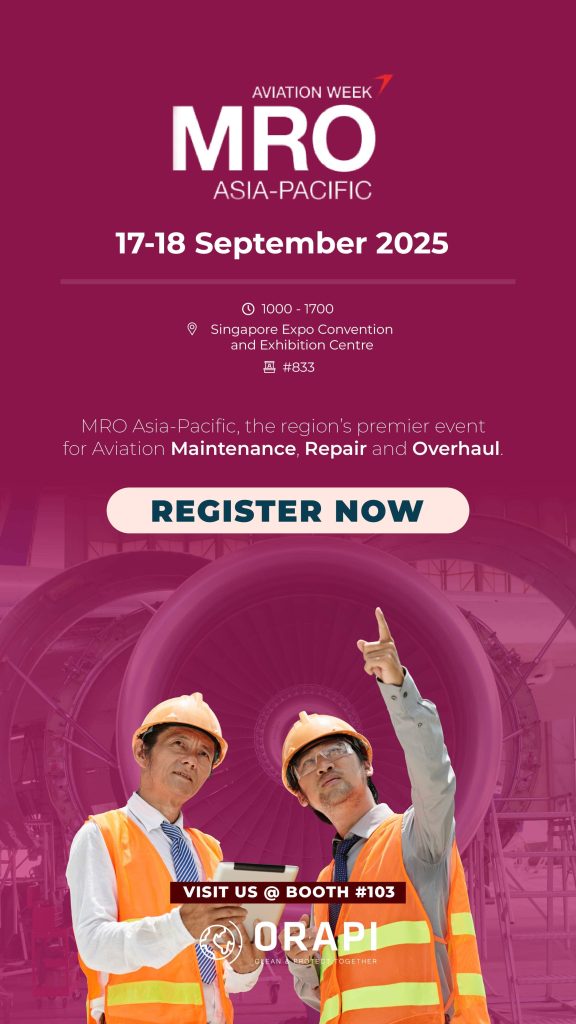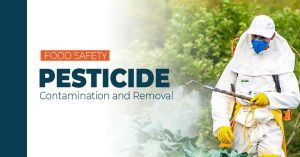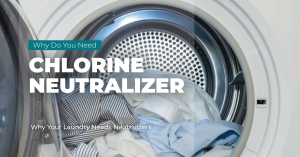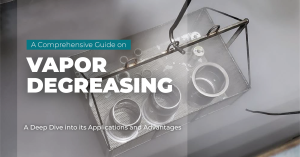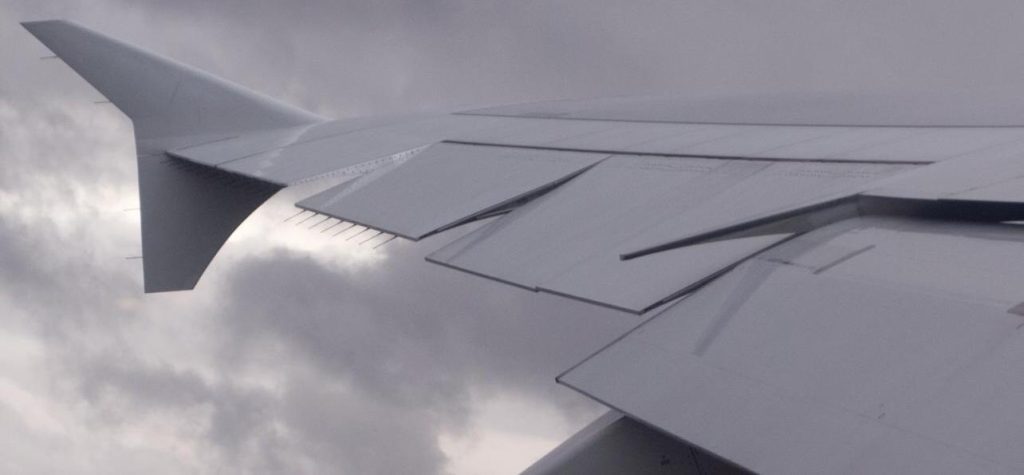
Few things are more unsightly than finding grease smeared across your aircraft’s wings, especially on the flaps and ailerons. Beyond looking bad, it can also cause long-term damage to the paint finish. But where does all that grease come from? And is it purely a cosmetic issue, or could there be more serious consequences lurking behind the grime? Finally, what steps can you take to keep your wings grease-free? Let’s explore this grimy subject of wing components cleaning and uncover solutions to reduce the problem.
The Role of Aircraft Wash Cycles
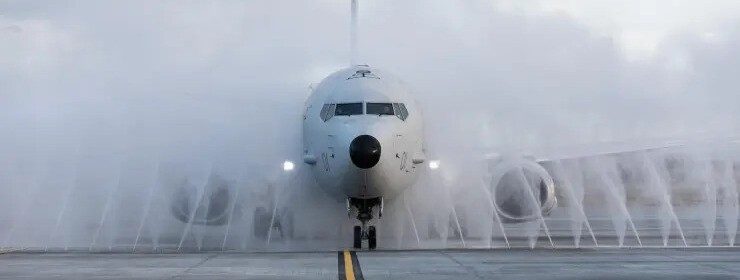
Regional Variations in Wash Cycles
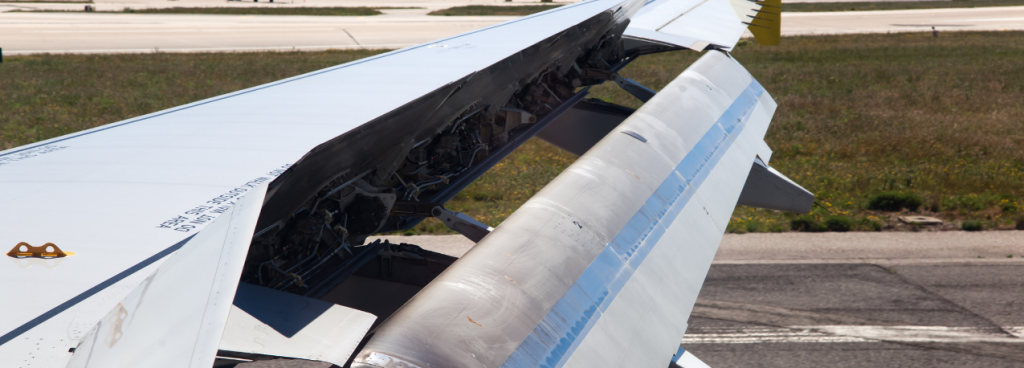
How to Clean Salt and De-Icing Residue from Aircraft Wings

Use Fresh Water Rinse
After each flight, especially in wintery, salt-heavy conditions, rinse the airplane’s wings thoroughly with fresh water. Focus on areas around the flap tracks and slat tracks.
Mild Detergent Cleaning
Use a pH-neutral aircraft-approved detergent for deeper cleaning. Apply with soft cloths or non-abrasive brushes to remove salt and prevent corrosion.
Corrosion-Inhibiting Cleaners
For heavily affected areas, use cleaners that contain corrosion inhibitors designed specifically for aircraft to protect the metal components from further damage.
Dry Cleaning
In situations where water use is limited or to minimize water runoff, consider dry cleaning methods. These involve using specially formulated cleaning compounds or wipes that can effectively remove salt and contaminants without water. Dry cleaning not only conserves water but also reduces the potential for introducing moisture into sensitive components, helping to prevent corrosion and maintain the plane’s structural integrity.
Scheduled Inspections
Increase the frequency of inspections in wintery regions. Technicians can check for signs of corrosion around flap and slat tracks and other vulnerable components.
Post-Cleaning Treatment
After cleaning, apply protective waxes or coatings if necessary to provide a layer of defense against future salt exposure. Some operators may also use anti-corrosion sprays.
Corrosion-Prone Areas on Wings
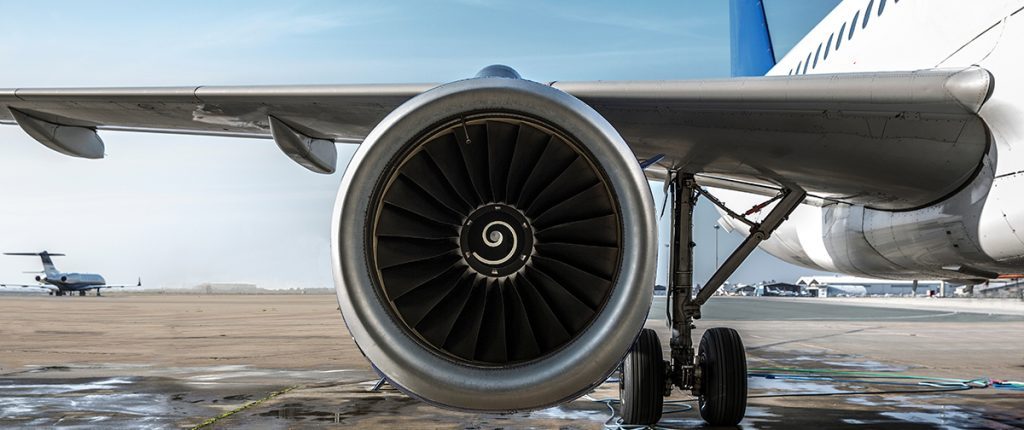
While wings may not seem like high-risk areas for corrosion, they are, in fact, extremely vulnerable. Wings endure significant stress and are responsible for bearing a substantial portion of an aircraft’s weight. Additionally, some of the most corrosion-sensitive components on the airframe are found within the wing structure.
Aileron Hinges
Ailerons are connected to the wing by piano hinges, which, although low-maintenance, are highly prone to corrosion. This is largely due to the interaction of different metal types, which wear down protective coatings over time. These hinges also trap salt, dirt, moisture, and fine sand, creating the perfect conditions for corrosion. Given that these hinges are the sole connection between the ailerons and the wings, their failure can severely impact the aircraft’s directional control, making them critical components that should not be overlooked.
To keep these hinges in good condition, a solvent-based degreaser can be used to clean out the crevices and remove dirt, moisture, and grime.
Flap & Slat Tracks and Recesses
Flap and slat tracks are lubricated to ensure smooth movement of rollers. However, grease on these tracks can accumulate dirt and contaminants, turning into a corrosive substance over time. While essential for lubrication, grease must be periodically removed and replaced to prevent it from becoming a liability. Grease build-up can occur in flap recesses as well, where it is hidden from view but can still cause damage to the skin and rivet heads.
Using solvent degreasers can help blast away grease from the tracks and recesses. Afterward, cleaning wipes can be employed to ensure all residues are fully removed, safeguarding these critical components.
ORAPI RECOMMENDS:
Fast Drying Solvent
AVIOSOLV II is a sophisticated blend of hydrocarbon solvents and cleaning agents formulated for effectively cleaning and degreasing aircraft metal components.
AVIOSOLV II is recommended for removing brake dust, oil, grease and general soil from brake components and engine parts.
Hydraulic Spoiler Actuators
In aircraft equipped with spoilers that double as speed brakes, hydraulic actuators control the spoiler’s movement. Unfortunately, the chrome surfaces of these actuators tend to attract dirt and grime. This accumulation can damage actuator seals, potentially leading to actuator failure. Regular cleaning and maintenance of the actuators can help prevent this issue.
Control Cables
Control cables are essential to the aircraft’s flight control system, but they are also susceptible to corrosion. Although they are typically coated with a durable corrosion-protective compound (CPC), the coating can crack and peel with age, allowing dirt and moisture to penetrate the cable strands. This can lead to rust and eventual cable failure. To mitigate this risk, cables should be regularly cleaned, inspected, and maintained to ensure their integrity.
Maintaining Wing Health and Appearance
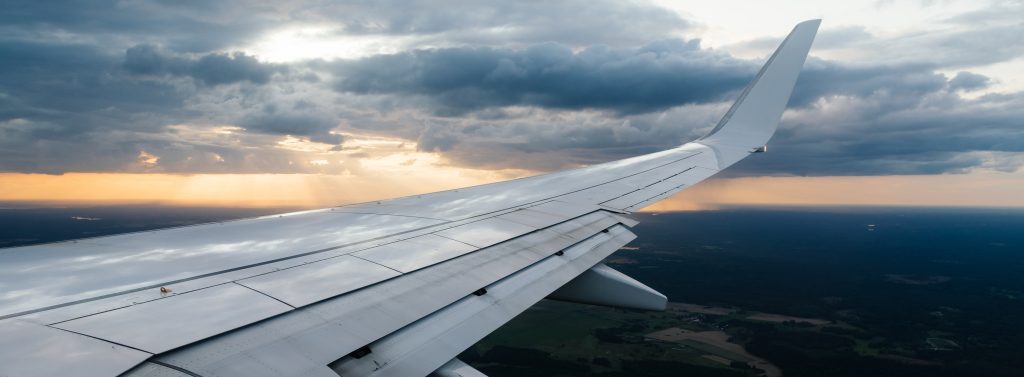
Wings are often heavily greased and, as a result, become heavily soiled. Fortunately, there are products designed specifically to degrease these critical areas. Grease build-up not only detracts from the appearance of the aircraft but also creates a breeding ground for grime, moisture, and contaminants that accelerate corrosion. Taking the time between scheduled wash cycles to clean off excess grease can significantly improve the health and longevity of the wing assembly, ensuring both a better appearance and improved performance.
Conclusion: Wing Components Cleaning
In conclusion, it is essential to keep aircraft wings clean not just for aesthetic reasons but also to prevent corrosion and maintain structural integrity. Thus, cleaning wing components requires removing grease, salt, and grime from crucial areas like aileron hinges, flap tracks, and hydraulic actuators to ensure optimal wing health and longevity. Regular wing components cleaning, especially aileron hinges, flap tracks, and spoiler actuators, improves appearance and prevents long-term damage, thereby ensuring safe and reliable operations. If you want to learn more about aviation MRO and ORAPI’s recommended solutions, products, and services for the same, click here.
Complete list of Aircraft MRO + Cleaning Products under 1 Download
